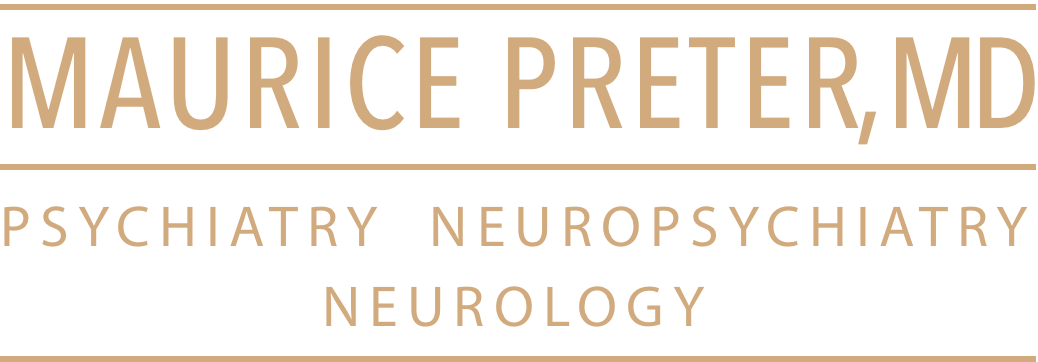| : Epilepsy Behav. 2007 May 8; [Epub ahead of print] | Related Articles |
Bae EH, Schrader LM, Machii K, Alonso-Alonso M, Riviello JJ Jr, Pascual-Leone A, Rotenberg A.
Department of Neurology, Children’s Hospital, Harvard Medical School, Boston, MA 02115, USA.
Repetitive transcranial magnetic stimulation (rTMS) is emerging as a new therapeutic tool in epilepsy, where it can be used to suppress seizures or treat comorbid conditions such as mood disorder. However, as rTMS carries a risk of inducing seizures among other adverse events, its safety and tolerability in the population with epilepsy warrant distinct consideration, as this group is especially seizure-prone. Accordingly, we performed a review of the literature to estimate the risk of seizures and other adverse events associated with rTMS in patients with epilepsy. We performed an English-language literature search, and reviewed all studies published from January 1990 to February 2007 in which patients with epilepsy were treated with rTMS, and complemented the literature search with personal correspondence with authors when necessary. We identified 30 publications that described patients with epilepsy who underwent rTMS, and noted total number of relevant subjects, medication usage, incidence of adverse events, and rTMS parameters including stimulus frequency, number of stimuli, train duration, intertrain interval, coil type, and stimulation sites. The data were analyzed for adverse events related to rTMS. Crude per-subject risk, as well as per-subject mean risk weighted by sample size and risk per 1000 stimuli weighted by number of stimuli in each study, were computed for seizures and for other adverse events. Adverse events or lack thereof was reported in 26 studies (n=280 subjects). Adverse events attributed to rTMS were generally mild and occurred in 17.1% of subjects. Headache was most common, occurring in 9.6%. The most serious adverse event was seizure during treatment, which occurred in four patients (1.4% crude per-subject risk). All but one case were the patients’ typical seizures with respect to duration and semiology, and were associated with low-frequency rTMS. A single case of an atypical seizure appearing to arise from the region of stimulation during high-frequency rTMS is reported. No rTMS-related episodes of status epilepticus were reported. We cautiously conclude that the risk of seizure in patients with epilepsy undergoing rTMS is small, and the risk of other mild adverse events is comparable to that seen when rTMS is used to treat other diseases. Status epilepticus or life-threatening seizures have not been reported in patients undergoing rTMS treatment. rTMS thus appears to be nearly as safe in patients with epilepsy as in nonepileptic individuals, and warrants further investigation as a therapy in this population.
PMID: 17493877 [PubMed – as supplied by publisher]
